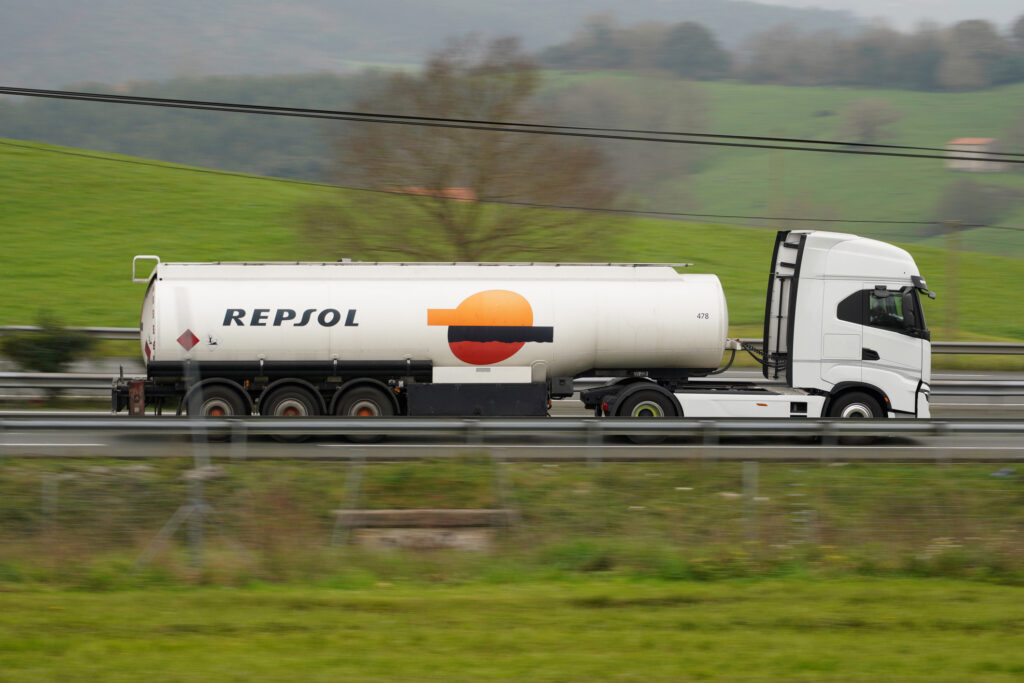(World Oil) – Repsol SA is considering a reverse merger of its upstream unit with potential partners including U.S. energy producer APA Corp., people with knowledge of the matter said, as it seeks ways to list the business in New York.

The Spanish oil and gas company has held exploratory discussions with APA, formerly known as Apache Corp., about the possibility of a deal, according to the people. It has also held initial talks with other potential merger partners for the business, they said.
Any deal could help Repsol bulk up the portfolio of its upstream business and provide it a faster route to becoming publicly traded. Shares of APA have gained about 5% in New York trading this year, giving the company a market value of roughly $8.6 billion.
Repsol agreed in 2022 to sell a 25% stake in the upstream division to private equity firm EIG Global Energy Partners LLC in a deal valuing the business at $19 billion including debt. The transaction was aimed at helping the unit further expand in the US, while also raising funds for Repsol to invest in low-carbon activities.
Executives have said they’re preparing the upstream unit for a potential “liquidity event,” such as a public listing, in 2026. Repsol Chief Executive Officer Josu Jon Imaz told analysts last month that company is considering options including an IPO of the business, a reverse merger with a U.S.-listed group or the introduction of a new private investor.
Deliberations are ongoing and there’s no certainty they will lead to a transaction, the people said, asking not to be identified because the information is private. Repsol continues to study a variety of options for the business and it may still opt for an IPO or stake sale, the people said.
Representatives for APA, Repsol and EIG declined to comment.
Repsol’s upstream division produced 551,000 boed in the third quarter. It operates in countries including Brazil, the U.S. and Mexico. It’s been working to start up the first phase of the Pikka project in Alaska, one of the largest U.S. fields.
Houston-based APA gets most of its company-wide production from the U.S. — primarily through the Permian Basin and Gulf of Mexico — while its international portfolio is led by natural gas growth. Oil accounts for 51% of APA’s total output, with a third coming from natural gas and the rest from natural gas liquids.
The company is one of many operators that have been slashing spending and cutting workers to achieve efficiencies as the best spots in the Permian — the world’s most productive shale patch — get drilled up. Oil operators in the U.S. have also embarked on a consolidation wave in recent years to gain scale and harvest depleting resources in the shale fields.

